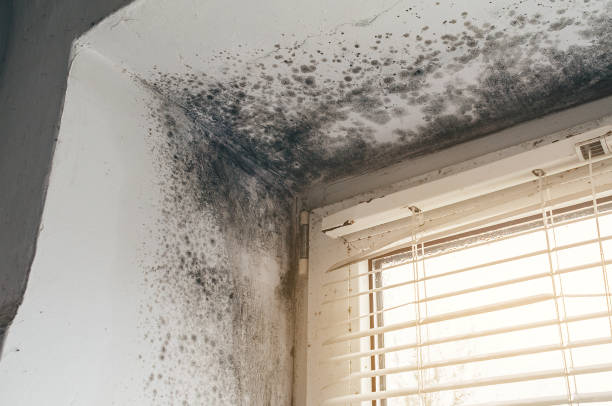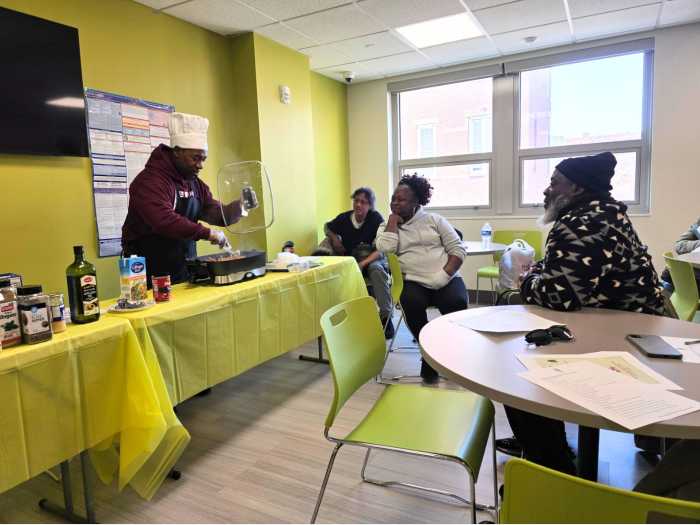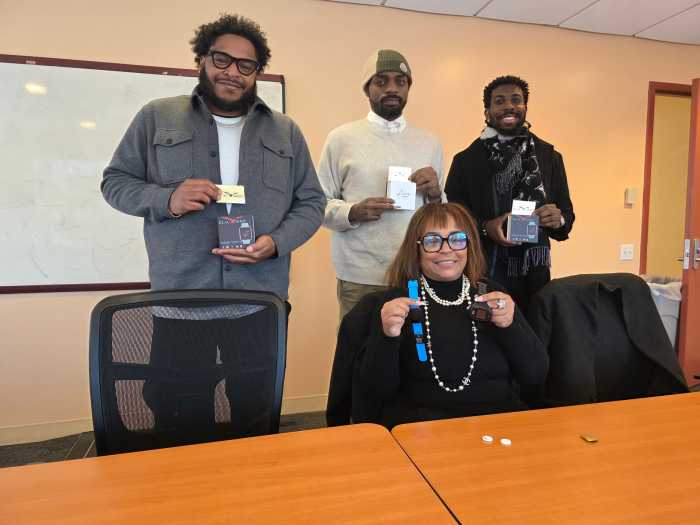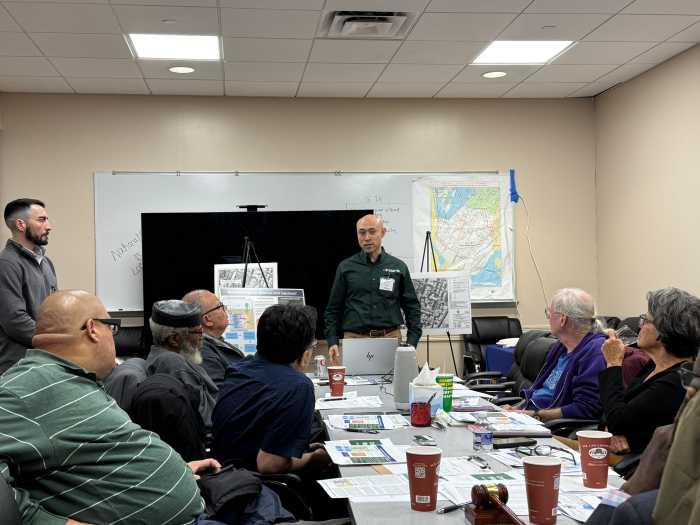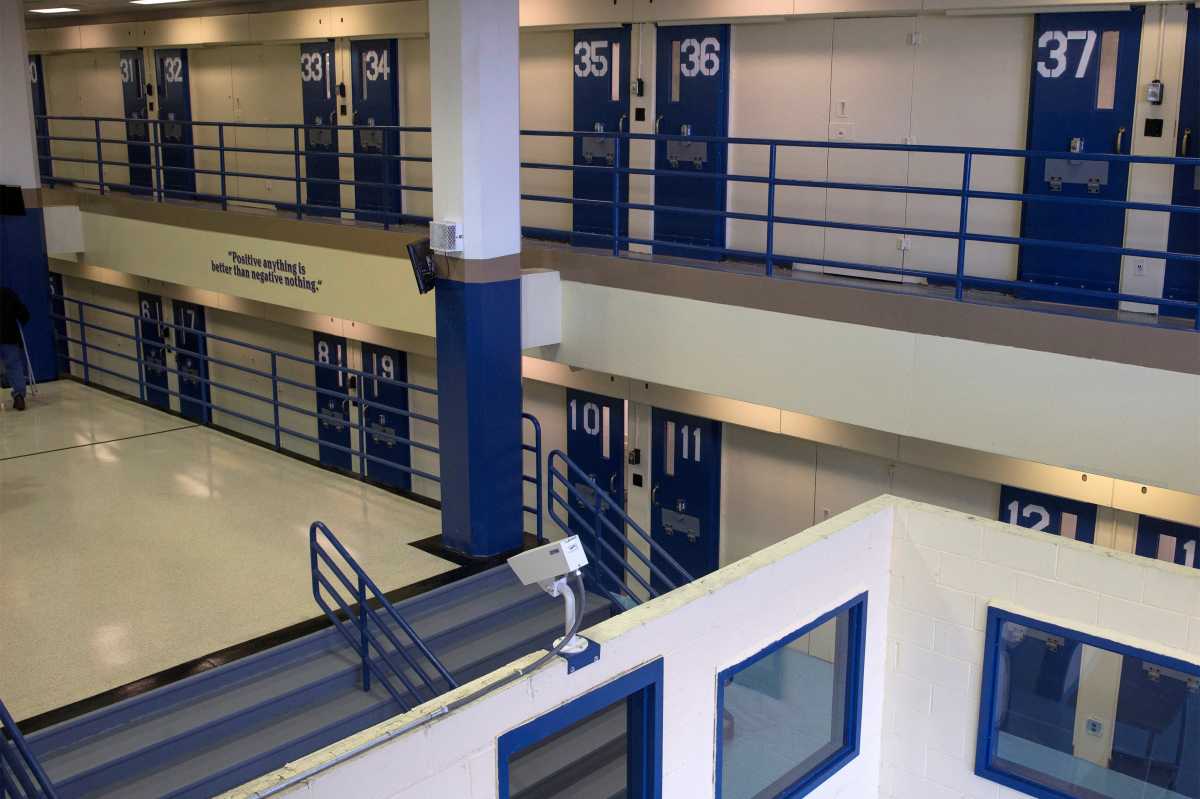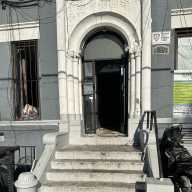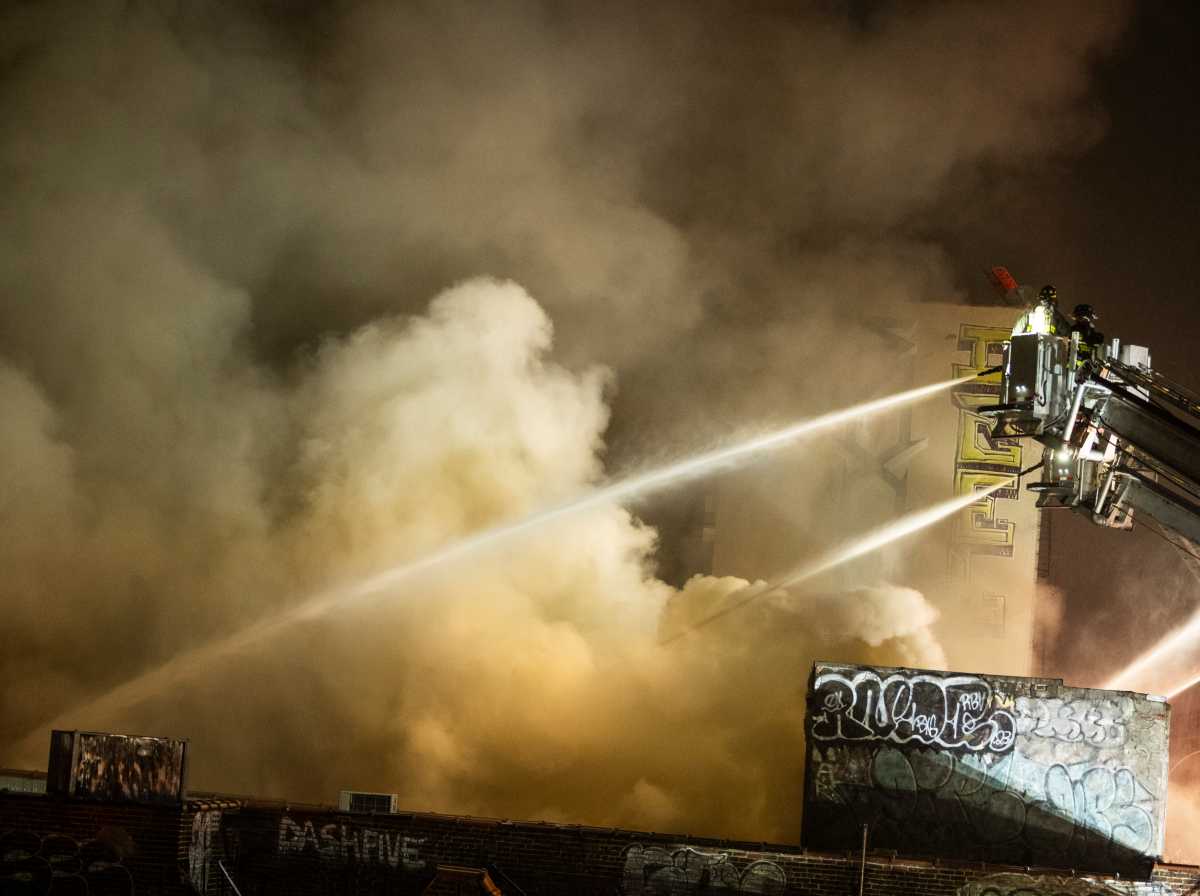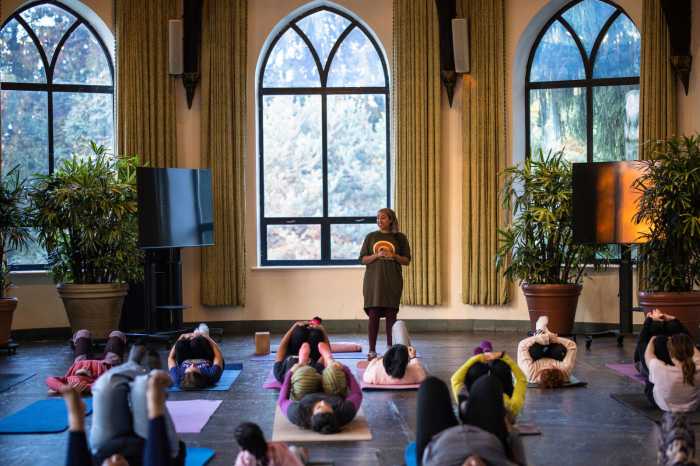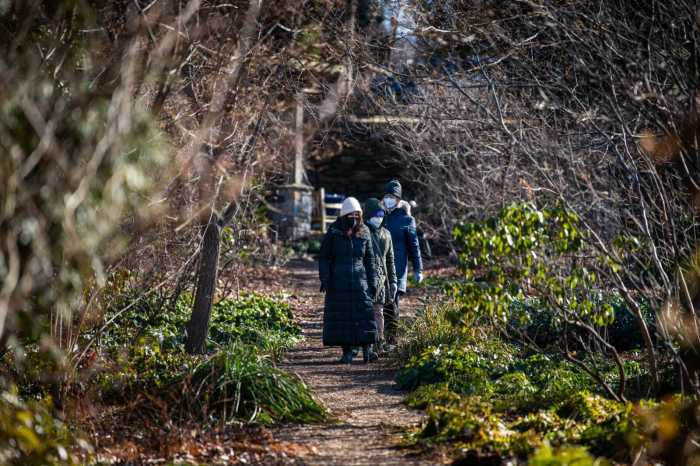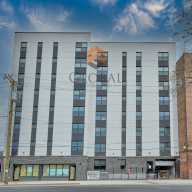Mold remained a persistent concern for New York City renters in 2024—and once again, the Bronx topped the list for complaints.
According to a new report from the real estate site RentHop, Bronx residents filed 12,937 mold complaints through NYC 311 last year, the highest total among the five boroughs. That accounted for more than a third of the citywide total of 36,178 complaints and translated to 304.3 reports per 10,000 renter-occupied units—by far the highest complaint rate in the city.
It marked the sixth straight year the Bronx ranked first in mold-related grievances.
Mount Hope was the borough’s biggest hotspot, with 789 complaints in 2024. The only neighborhood in the city to report more was Harlem (North) in Manhattan, with 1,006.
Between 2017 and 2025, the Concourse–Concourse Village neighborhood recorded an average of 597.7 mold complaints per year—the highest annual average in the Bronx. Citywide, only Flatbush in Brooklyn saw a higher average during the same period, with 623.6 complaints annually.
Mold complaints have surged across the city in recent years. Since 2020, every borough except Staten Island has reported increases. In 2024, New York City saw a record-setting 36,178 mold complaints—up 59% from 22,754 the year before. Along with the Bronx, Queens, Manhattan and Brooklyn also logged their highest mold complaint totals to date. In total, 20 neighborhoods across the five boroughs experienced a year-over-year increase of at least 50%.
Experts point to several contributing factors behind the spike, including rising humidity, frequent summer storms, and an increase in renter occupancy as more New Yorkers returned to the city following the COVID-19 pandemic.
While 2024 saw below-average precipitation and cooler temperatures, poor air quality emerged as a major concern. Smoke from Canadian wildfires severely impacted air conditions in New York City, prompting health officials to urge residents to keep their windows shut for extended periods. That lack of ventilation, housing advocates say, may have further fueled mold growth inside homes already prone to moisture issues.
The moldiest month New York City has seen since 2017 was September 2021—largely due to the aftermath of Hurricane Ida, which slammed the city on Sept. 1. The storm brought record-breaking rainfall and severe flooding, particularly in basement-level apartments, creating ideal conditions for mold growth. As more New Yorkers returned to the city following the peak of the COVID-19 pandemic, many encountered mold in homes that had gone unchecked during prolonged absences.
So far in 2025, mold complaints have declined compared to the same period last year. But with hurricane season underway, it’s unclear whether that downward trend will hold. A recent heat wave in the city has raised concerns that even moderate rainfall, when paired with warm, humid conditions, could trigger another spike in mold cases.
While mold typically thrives in damp, poorly ventilated spaces, residents are encouraged to watch for warning signs. These include discolored patches—often gray, green, yellow, black, or orange—as well as surfaces that appear furry, slimy, or powdery. A persistent musty, stale, or earthy smell can also be an indication of hidden mold growth. Prompt identification and remediation are key to preventing health issues and further damage.

